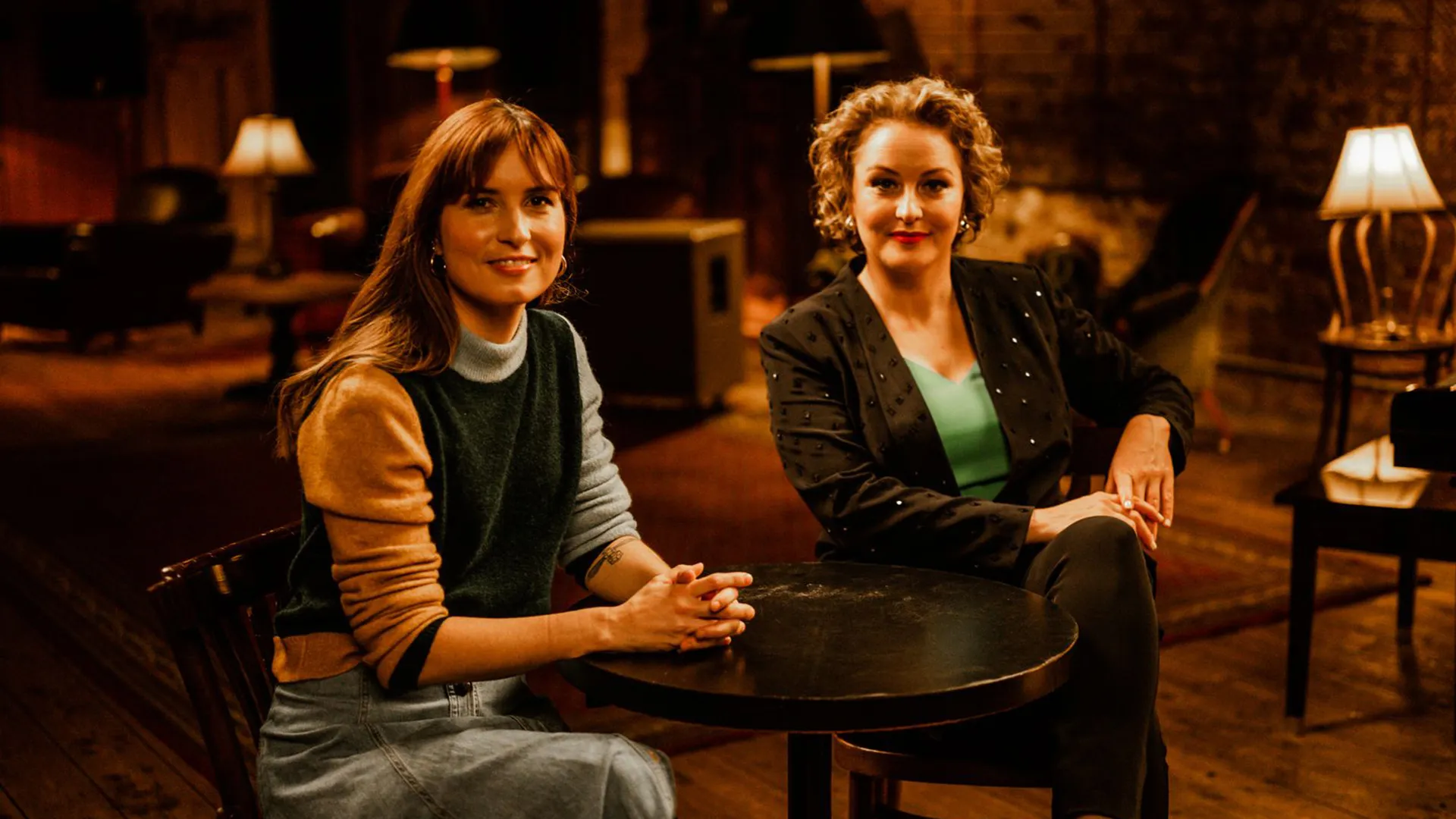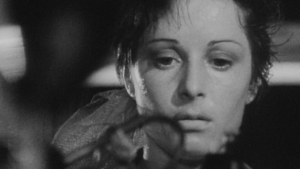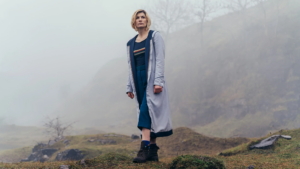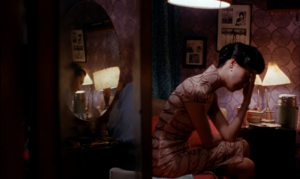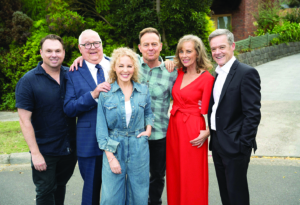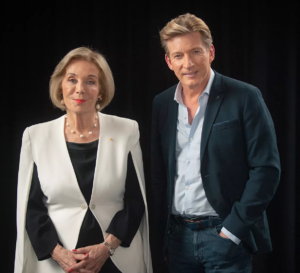The success of ABC TV’s Take 5 with Zan Rowe may leave some viewers wondering where this wonderful ‘new’ interviewer and format came from. But fans of Rowe’s longstanding radio segment / podcast of the same name will have no such questions; the audio show’s transition to screen, in a series that follows the same basic format as its predecessor, has been a no-brainer. And it’s a model that the ABC is working with more and more, it seems, with Marc Fennell’s historical podcast Stuff the British Stole also finding new life as a small-screen documentary miniseries.
The podcast-to-television conversion is hardly new, but the relationship between the two media is yet to be fully resolved. In some spectacular cases, like with Disney+/Hulu original Only Murders in the Building – a fiction TV series in which a trio of true-crime podcasters investigate a neighbour’s death – the relationship between podcasting and, well, the rest of life is hilariously exaggerated. Despite what the show suggests, making a podcast requires a little more than just remembering to hit record on your iPhone and then tapping ‘publish’ when you’re done; and even a podcast with meticulous production values probably isn’t going to change the world.
One thing podcasts have achieved, however, is to add diversity to the digital media landscape, often allowing alternatives and parallel projects to run hand in hand. While the TV version of Take 5 adds to the concept by giving us the opportunity to watch a guest listen to the song they’re talking about (complete with some daggy dancing or a knowing smile), the real strength of each iteration lies in the interaction between the guest and the show’s titular interviewer, researcher and music expert. Whether you’re watching or just listening, that magic shines through.
The leap from podcast to television and (particularly) streaming platforms has been happening for a while now. Hrishikesh Hirway’s longstanding music podcast Song Exploder was picked up and converted into a Netflix series in 2020, while small-screen adaptations of podcasts like psychological thriller Homecoming and true-crime series The Thing About Pam have attracted large budgets and Hollywood casts, including Julia Roberts and Renée Zellweger respectively. In each case, the podcast laid the ground for its adaptation: first with its format and, more importantly, a loyal audience. Once the proof of concept and potential viewers were there, producers – especially those in the highly competitive streaming market – came running.
This formula is nothing new, of course; it’s not really that dissimilar to the radio-to-television or comic-book-to-film franchises we’ve had for decades. What’s particularly interesting about the relationship between podcasting and television, however, is how fans have been able to gain their own followings. Fan fiction has always accompanied popular TV shows, and has even at times led to devotees getting involved in the real thing (think: Russell T Davies and Steven Moffat, who once wrote Doctor Who fanfic and ended up as showrunners), but podcasting has allowed for a new diversity of audience voices – as well as an elevation of genres that might not necessarily have been considered in the mainstream before.
One such instance is Gotta Be Done, the first of what has become a smorgasbord of podcasts dedicated to the Australian children’s animated series Bluey. Presented by ‘ex-journos’ Mary Bolling and Kate McMahon, the podcast focuses on the show’s appeal beyond its ostensible target demographic, using discussion of its episodes as a launching pad to explore contemporary family life in a manner that’s relevant and interesting to adult listeners.
Gotta Be Done has been influential for its audience, encouraging quite a few other Bluey-themed pods to emerge in the years since the show launched in 2019. Perhaps most telling is the way the creators of Bluey themselves have engaged with the podcast. This goes both ways: not only have key personnel like writer/creator Joe Brumm, voice actors Melanie Zanetti and David McCormack (who respectively play Bluey’s mum and dad), and composer Joff Bush gone on Gotta Be Done to talk about the TV series, but Bolling and McMahon have also been invited to take on guest voice-acting roles on Bluey in return. Giving them cameos is a bit of fun and a nod to the duo’s regular listeners, but also an acknowledgement of the labour that these podcasters have put in in order to champion the TV show they love. This is not to say that these Bluey aficionados are only there to offer praise – the biggest fans are often the biggest critics, and Bolling and McMahon are no exception – but what they give back via the podcast is something that all small-screen creators are hoping for: an expansion of the conversation beyond the broadcast.
As McMahon says in the podcast’s intro, ‘You bingewatch your average Netflix show, and you just want to talk to someone about it.’ In the past, wanting to talk to someone about a show that didn’t belong to a ‘serious’ genre (such as drama, crime or ‘quality television’) might have been considered a faux pas, but podcasts like Gotta Be Done demonstrate that, whatever the subject, there’s plenty of space – and air – to continue the conversation.
